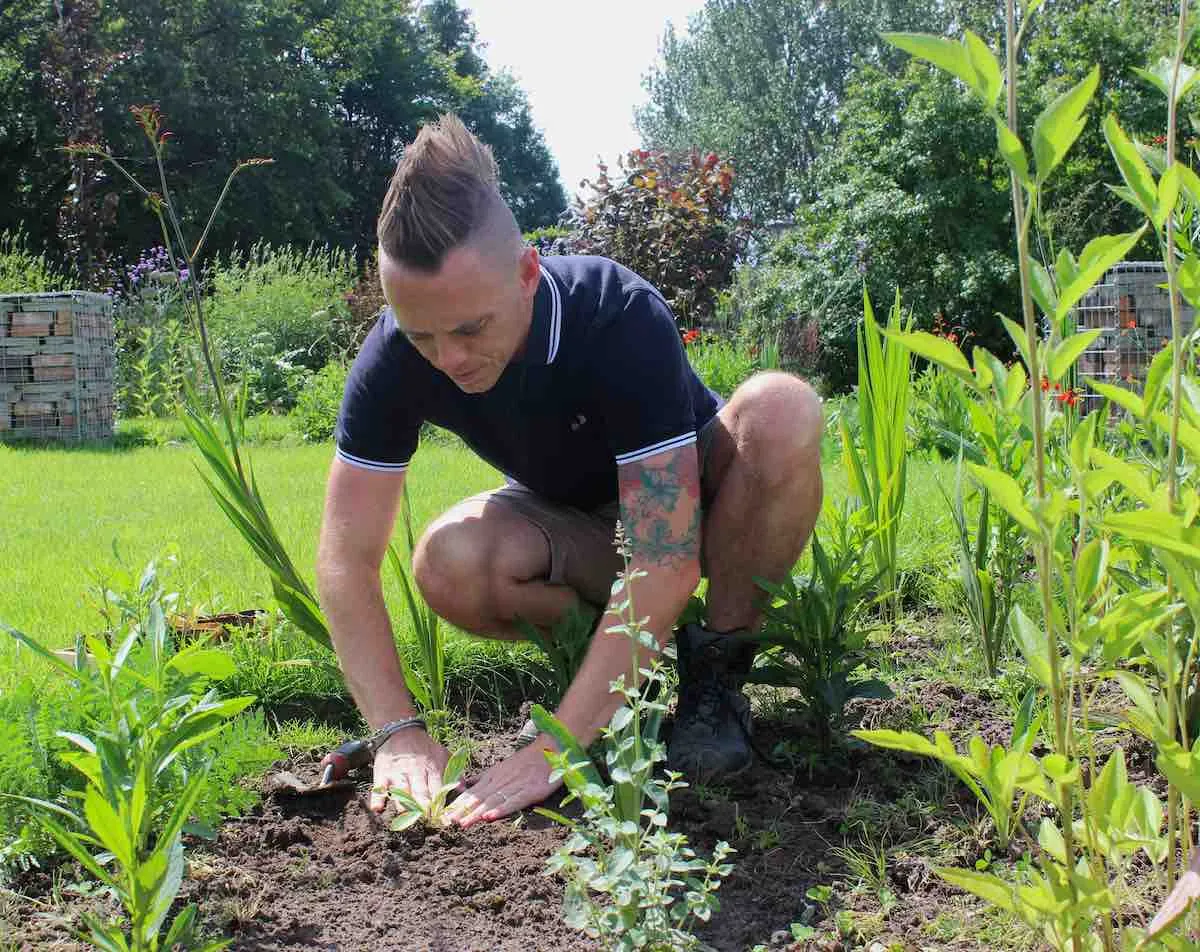Hi @sarah
Thanks for your comment about the orange blob of mould in your compost.
Firstly don't worry; they are harmless. These orange blobs, sometimes referred to as dog vomit, are actually slime mould! The orange fungus is a species of slime mould known scientifically as physarum polycephalum.
What is a slime mould?
slime mould, also known as a slime mould or slime fungus, is a unique organism that belongs to the kingdom Protista. Slime moulds are not true fungi, although they were once classified as fungi due to their similar appearance and habitat. They are now classified as protists because of their distinct characteristics and evolutionary relationships.
Slime moulds can be found in various habitats, including forests, meadows, and decaying organic matter. They are most commonly observed during moist and humid conditions. Slime moulds come in a variety of colours, including yellow, orange, white, and brown, and can appear as slimy patches, gelatinous masses, or powdery coatings.
There are two main types of slime molds: plasmodial slime moulds and cellular slime moulds.
Plasmodial slime molds: These slime moulds exist as a single, large, multinucleate cell known as a plasmodium. The plasmodium is not divided by cell membranes, and it moves and feeds by engulfing bacteria, fungi, and organic matter. Plasmodial slime molds can grow to several centimeters or even meters in size, and they are often seen as a network of branching veins or a mass covering leaves or logs.
Cellular slime molds: These slime molds live most of their lives as individual amoeboid cells. When conditions become unfavorable, they aggregate together to form a multicellular slug-like structure called a pseudoplasmodium. The pseudoplasmodium can move as a cohesive unit, seeking a suitable location for spore production. Eventually, the pseudoplasmodium develops into a fruiting body that releases spores for reproduction.
Both types of slime moulds play important roles in ecosystems. They contribute to the decomposition of dead organic matter, breaking it down and recycling nutrients back into the environment. Slime molds are also interesting subjects for scientific research due to their unique life cycles, behaviors, and cellular mechanisms. They are really valuable for a healthy garden!
While slime moulds may appear strange or alarming to some people, they are harmless to humans, animals, and plants. They do not pose any health risks or cause damage to structures or crops. Instead, they are fascinating organisms that contribute to the natural processes of decomposition and nutrient cycling.
So live and let live Sarah!
Hi @sarah
Thanks for your comment about the orange blob of mould in your compost.
Firstly don't worry; they are harmless. These orange blobs, sometimes referred to as dog vomit, are actually slime mould! The orange fungus is a species of slime mould known scientifically as physarum polycephalum.
What is a slime mould?
slime mould, also known as a slime mould or slime fungus, is a unique organism that belongs to the kingdom Protista. Slime moulds are not true fungi, although they were once classified as fungi due to their similar appearance and habitat. They are now classified as protists because of their distinct characteristics and evolutionary relationships.
Slime moulds can be found in various habitats, including forests, meadows, and decaying organic matter. They are most commonly observed during moist and humid conditions. Slime moulds come in a variety of colours, including yellow, orange, white, and brown, and can appear as slimy patches, gelatinous masses, or powdery coatings.
There are two main types of slime molds: plasmodial slime moulds and cellular slime moulds.
Plasmodial slime molds: These slime moulds exist as a single, large, multinucleate cell known as a plasmodium. The plasmodium is not divided by cell membranes, and it moves and feeds by engulfing bacteria, fungi, and organic matter. Plasmodial slime molds can grow to several centimeters or even meters in size, and they are often seen as a network of branching veins or a mass covering leaves or logs.
Cellular slime molds: These slime molds live most of their lives as individual amoeboid cells. When conditions become unfavorable, they aggregate together to form a multicellular slug-like structure called a pseudoplasmodium. The pseudoplasmodium can move as a cohesive unit, seeking a suitable location for spore production. Eventually, the pseudoplasmodium develops into a fruiting body that releases spores for reproduction.
Both types of slime moulds play important roles in ecosystems. They contribute to the decomposition of dead organic matter, breaking it down and recycling nutrients back into the environment. Slime molds are also interesting subjects for scientific research due to their unique life cycles, behaviors, and cellular mechanisms. They are really valuable for a healthy garden!
While slime moulds may appear strange or alarming to some people, they are harmless to humans, animals, and plants. They do not pose any health risks or cause damage to structures or crops. Instead, they are fascinating organisms that contribute to the natural processes of decomposition and nutrient cycling.
So live and let live Sarah!
sarah has reacted to this post.
 Lee Burkhill: Award Winning Designer & BBC 1's Garden Rescue Presenters Official Blog
Lee Burkhill: Award Winning Designer & BBC 1's Garden Rescue Presenters Official Blog



